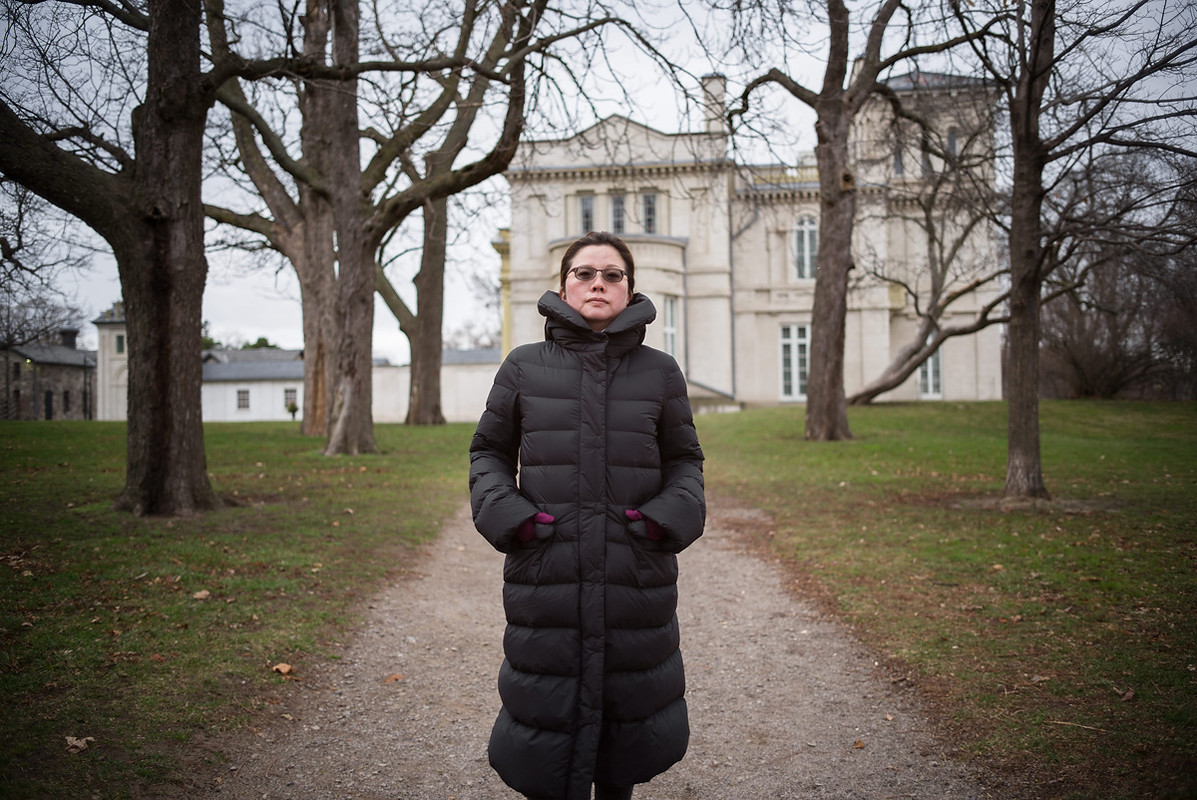yossi
Well-known
Thank you for understanding my intention!
While it's easy to say 'just use it and enjoy it' when one's own copy lives up to one's expectations, it would be the first time in ~30+ years I've owned a lens that becomes soft at f/4-5.6 in only the center of the frame, which effectively makes it unusable (without resorting to live view) other than near wide open or stopped down to f/11.
Interestingly though, if I only had a mirrorless camera and received this copy, I'd be wondering why it was only sharp in the center until f/11...
Regarding field curvature, here is what is published by LLL - a scan of the information included with the lens.
The first image is as published, which represents half of the image circle diameter.
The second image I've taken the graph and flipped it sideways, copied it, flipped the copied layer and then put them side by side to illustrate what field curvature should be like across the full image circle.
You can see that the wavy field curvature means that with ideal focus at the center, the plane of focus would move to front focus in the mid zone area and then curves at the edges to fairly strong back focus. By placing the plane of focus to intersect the subject plane a bit outside of dead center, with sufficient depth of field, there will be good across-frame sharpness. I believe that is how my copy is RF calibrated. But my copy's wavy field curvature undulates to such an extent that depth of field doesn't fully cover it until f/11. My copy changes from fairly flat field curvature wide open to very wavy by f/4.
The third photo is what I posted before - the Find Edges version of a test photo to show the shape of field curvature at f/4 from my copy. It sure looks stronger than the field curvature published by LLL.

Re-examining those test shots that I took, now I am convinced that the plane of focus of my copy does tally with the LLL-published field curvature. The wavy curvature is certainly there but not that severe as yours. As I shoot mostly wide-open or f8 and smaller, it should be fine.





